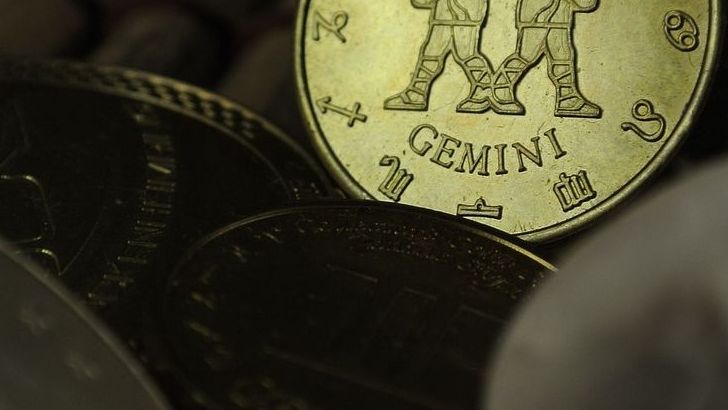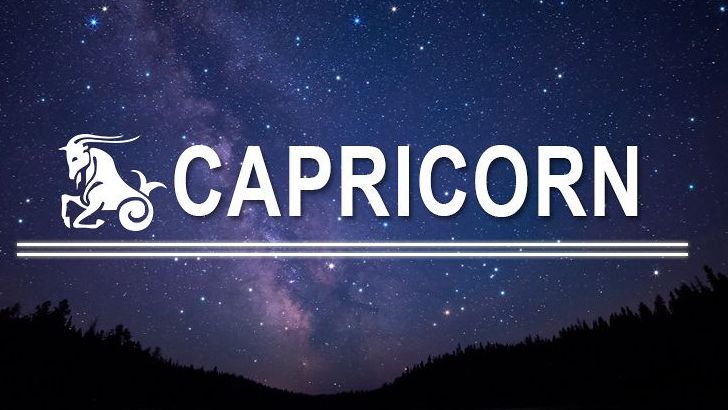High Cost of Living

Hawaii’s picture-perfect beaches and lush rainforests often come with a hefty price tag that catches many travelers off guard. In 2024, the average hotel room in Hawaii costs around $300 per night, making even a short stay expensive for families or solo travelers alike. Groceries are another shock, with prices for basics like milk and bread nearly double what you’d pay on the mainland—due to the fact that most goods must be imported. Going out to eat isn’t much better, with sit-down meals commonly topping $20 per person, even at casual spots. Rental cars, activities, and even bottled water add up quickly, turning what was supposed to be a relaxing escape into a budgeting challenge. For many, the sticker shock of paradise can overshadow the joy of exploring it. “We saved for years to visit, but it felt like everything was twice the price we expected,” one recent tourist said, echoing a common sentiment among first-time visitors.
Overcrowding at Popular Attractions

The dream of a secluded Hawaiian beach can be quickly shattered by crowds of sun-seekers, especially at well-known spots like Waikiki Beach and Hanauma Bay. In 2024, some areas have reported a 15% uptick in visitors compared to last year, making quiet moments harder to come by. Long lines for parking, packed hiking trails, and beaches dotted with umbrellas can turn a peaceful retreat into a stressful scramble. Many travelers find themselves jostling for space just to take a photo or waiting hours for a spot at a viewpoint. Even sunrise at Haleakalā, once a meditative experience, now involves reservations and crowded shuttle rides. For those seeking tranquility, the sheer number of people can be a major letdown. The situation often leaves visitors longing for the Hawaii seen in postcards—one that feels increasingly out of reach.
Environmental Concerns

The natural beauty that brings millions to Hawaii is also under threat from the very tourism that sustains the islands’ economy. In 2024, environmental groups have raised alarms about a 30% increase in trail erosion on popular hikes, blameable on heavy foot traffic. Coral reefs are also struggling, with sunscreen pollution and careless snorkeling causing real damage. The arrival of non-native species, sometimes unwittingly carried in on visitors’ shoes or bags, is another growing problem. Local wildlife, from endangered monk seals to native birds, faces constant disruption as more people flock to their habitats. Conservationists warn that ignoring these issues could lead to irreversible changes in Hawaii’s ecosystems. “Every footprint and every careless action has a long-term impact,” a local biologist recently stated, underscoring the delicate balance between tourism and preservation.
Limited Accessibility

Getting around Hawaii isn’t as simple as hopping in a car and driving to your next adventure. The islands are geographically isolated, and inter-island travel usually means booking additional flights or ferries, which can be both time-consuming and expensive. In 2024, flights between islands range from $70 to $150 each way, adding a significant cost for those hoping to explore more than one island. Some of the most beautiful spots, like remote valleys or hidden waterfalls, are inaccessible without a rental car or a strenuous hike. Public transportation is limited, especially on the less populated islands, leaving those without their own vehicle at a disadvantage. Even within a single island, traffic and narrow roads can make travel more exhausting than expected. This limited accessibility can leave travelers feeling like they’re missing out on the full Hawaiian experience.
Cultural Misunderstandings

Hawaii’s culture is rich, deep, and sometimes misunderstood by visitors. Many tourists don’t realize that “Aloha” means much more than hello or goodbye—it’s a philosophy of respect, kindness, and connection. In 2024, there’s been a push for more cultural sensitivity training for tourists, after locals voiced frustration about disrespectful or ignorant behavior. Simple acts, like trespassing on sacred sites or disregarding local customs, can offend residents. Tourists who aren’t aware of traditions may accidentally disrupt cultural practices or ceremonies. It’s become common for guides to remind visitors to ask permission before entering certain areas or taking photos. Those who take the time to learn and show respect are often warmly welcomed, while those who don’t can find themselves at odds with the community. Failing to appreciate the cultural depth of Hawaii can lead to awkward encounters and missed opportunities for genuine connection.
Weather Variability

Hawaii’s weather is famously unpredictable, catching many visitors by surprise. While the idea of endless sunshine is appealing, the reality is that rain can fall at any moment, particularly in places like Hilo—where in 2024, average annual rainfall hovers around 130 inches, making it one of the wettest places in the United States. Sudden downpours can ruin a planned beach day or make hiking trails slippery and hazardous. Even within the same island, microclimates mean you might encounter sun on one side and a storm on the other. Travelers are often unprepared for these rapid shifts, leading to wet clothes, canceled tours, or a scramble for indoor activities. Locals advise packing for all weather and not relying solely on forecasts. The ever-changing skies can be a source of frustration, especially for those with tight itineraries or high expectations for perfect weather.
Wildlife Encounters

Hawaii’s unique wildlife is both a draw and a potential danger for visitors. Shark sightings have increased in 2024, leading to temporary closures of some popular beaches and heightened concern for swimmers and surfers. Jellyfish and sea urchins are also a risk—painful stings and injuries are not uncommon, particularly after certain moon phases that bring these creatures closer to shore. On land, some plants and insects can cause allergic reactions or discomfort if touched. Many tourists are unaware of these hazards until it’s too late, turning an exciting encounter into an emergency. Local experts constantly remind visitors to respect wildlife and keep a safe distance, for both their own safety and the animals’ well-being. Neglecting these precautions can quickly turn a dream trip into a cautionary tale.
Limited Nightlife Options

For those craving vibrant nightlife, Hawaii can feel surprisingly subdued. While there are bars and a handful of nightclubs, most close their doors by midnight, leaving little for night owls to do after hours. In 2024, the trend toward family-friendly activities has grown, meaning nightlife venues that do exist often cater to a laid-back crowd. Large-scale events or festivals are rare compared to major mainland cities. Some visitors expecting a Miami or Las Vegas vibe are disappointed by the quiet evenings and early closing times. Instead, cultural performances or luaus tend to be the main source of evening entertainment. For party-seekers, this slower pace can feel like a letdown, but for others, it’s a chance to wind down and tune in to the island’s gentle rhythm.
Transportation Challenges

Getting around Hawaii isn’t always straightforward, especially for those who want to explore beyond tourist hotspots. Public buses have limited routes and schedules, and ride-sharing options aren’t as widespread as in major cities. In 2024, rental car prices have soared, with daily rates averaging around $80, putting a dent in travelers’ budgets. Traffic jams, particularly in Honolulu and on Oahu, can add hours to travel times, especially during rush hour. Parking is another struggle, with popular beaches and attractions often packed by early morning. For those relying on public transportation, accessing remote or “hidden” gems can feel nearly impossible. Planning ahead and being flexible is crucial, but even then, transportation hassles can eat into precious vacation time.
Limited Medical Facilities

Access to healthcare in Hawaii can be a real concern, especially on the smaller islands. In 2024, some areas still lack advanced medical facilities, and emergency services may be hours away depending on your location. For travelers with chronic conditions or families with young children, this limited access can be worrying. Air ambulance services are available but come with high costs and logistical challenges if a serious issue arises. Pharmacies and clinics may have shorter hours or limited stock compared to the mainland. Travel insurance that covers medical emergencies is strongly recommended, as unexpected health problems can quickly become complicated far from home. For peace of mind, knowing where the nearest hospital is—and what to do in an emergency—is something every traveler should keep in mind.






